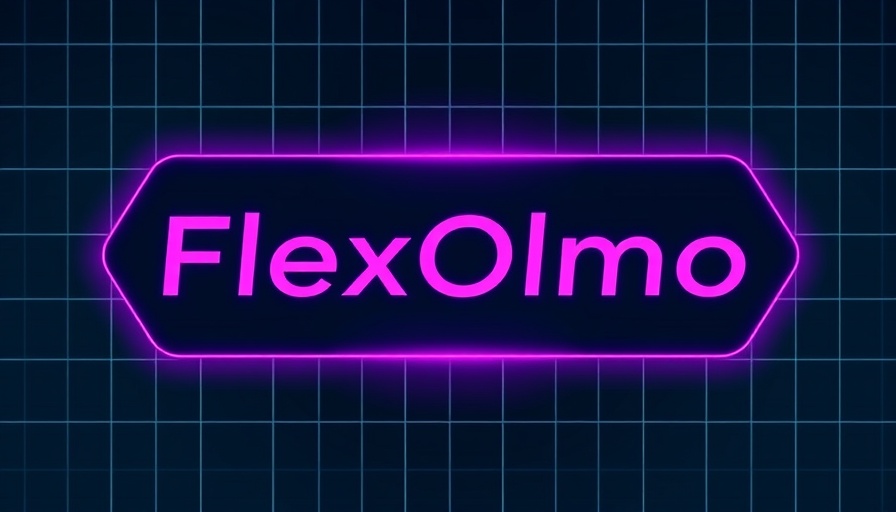
Transforming Relational Data into Actionable Insights
In a world where data is often siloed and stuck in vast relational databases, a new paradigm is emerging to bridge the gaps between disconnected tables. Simply put, data management can feel like walking through a maze. Traditional machine learning approaches often stumble when faced with the complexity of relational data where multiple tables intersect, making it hard to extract meaningful insights. However, advances in graph learning are changing this landscape.
A New Approach: Graph Foundation Models
Introducing Graph Foundation Models (GFM), a cutting-edge approach that treats relational tables as interconnected graphs. These models permit businesses to leverage the intricate relationships between different data points—think of it like turning a complicated web of information into a map you can easily navigate. Each table morphs into a unique node type within a graph structure, allowing relational data to be interconnected more intuitively.
The Power of Generalization in AI
One significant hurdle in traditional graph neural networks (GNN) has been their lack of flexibility. These models often need to be trained on specific graphs and struggle to provide insights across varied datasets. The revolutionary aspect of GFMs lies in their ability to generalize across different tables and datasets without requiring re-training. This leap enables quicker adaptations to new tasks while maintaining the accuracy of results, thus saving considerable time and resources.
Unlocking Potential Through Connectivity
The cornerstone of effective machine learning lies in recognizing the connectivity structure of relational data. Think about it: every column, every row, and every relationship tells a story. By transforming collections of tables into a comprehensive heterogeneous graph, businesses can harness this connectivity to enrich their datasets, even when faced with sparse or noisy information.
Real-World Applications and the Future
In practice, GFMs can unlock a range of applications across industries—from predictive analytics for recommendation engines to pattern recognition in customer behavior. These models not only improve existing tasks but also blur the lines between what's possible with AI across different sectors. Businesses utilizing GFMs are poised to stay ahead in an increasingly data-driven world.
Getting Started with Graph Foundation Models
The transition to adopting GFMs might sound daunting, but organizations can start small. By first converting critical tables into graph representations and running preliminary tests, they can begin to see real-time improvements in their data insights. Continuous education and exploration of AI tools are crucial as the field evolves.
Join the AI Revolution!
This shift in how we perceive relational data is ushering in a broader AI landscape that empowers professionals across fields. As companies effectively adopt and adapt these futuristic models, there’s an opportunity for individuals to enhance their skills in AI through online learning resources and community networking events. By staying informed about AI innovation, you can position yourself front and center in the future of work.
 Add Row
Add Row  Add
Add 





 Add Row
Add Row  Add
Add 


Write A Comment